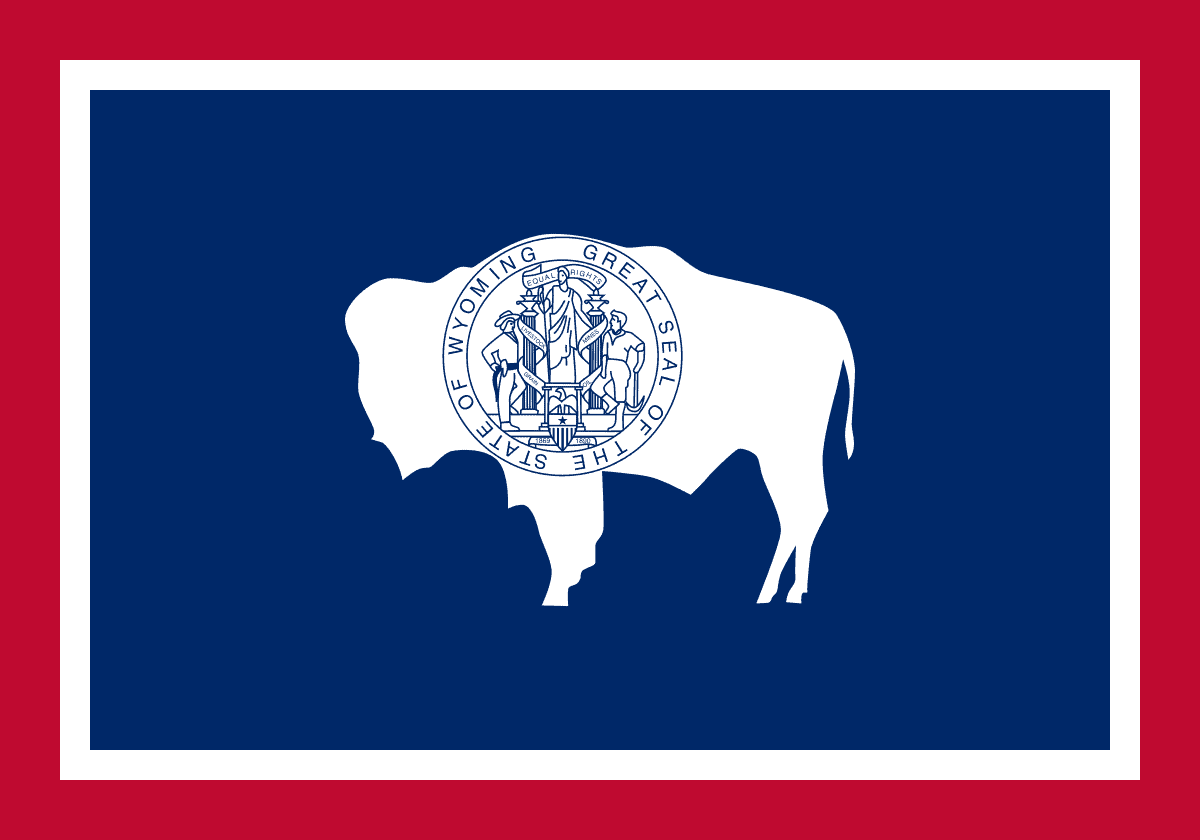A reference of Wyoming eviction laws, and steps of the Wyoming eviction process for landlords and renters, updated 2021.
- What are the reasons that landlords can evict tenants under Wyoming eviction laws?
- Nonpayment of rent (WY Stat. § 1-21-1002)
- Damage to the property (WY Stat. § 1-21-1205)
- Interference with another person’s peaceful enjoyment of the property (WY Stat. § 1-21-1205)
- Unreasonable denial of access to enter the residential unit to the owner or agent for permitted purposes (WY Stat. § 1-21-1205)
- Non-compliance with the lease agreement (WY Stat. § 1-21-1002)
- Tenant remains in possession of the rental unit after the lease term without the owner’s permission (WY Stat. § 1-21-1002)
- What notice do Wyoming eviction laws require that landlords provide tenants before starting the eviction process?
- The landlord must provide a 3-day notice to the tenant for any of the following reasons:
- Nonpayment of rent (WY Stat. § 1-21-1003).
- Intentional or negligent damage to the property (WY Stat. § 1-21-1205).
- Interference with another person’s peaceful enjoyment of the property (WY Stat. § 1-21-1205).
- Unreasonable denial of access to enter the residential unit to the owner or agent for permitted purposes (WY Stat. § 1-21-1205).
- Non-compliance with the lease agreement (WY Stat. § 1-21-1003).
- The tenant remains in possession of the rental unit after the lease term without the owner’s permission (WY Stat. § 1-21-1003).
- The landlord must provide a 3-day notice to the tenant for any of the following reasons:
- Do Wyoming eviction laws allow landlords to use “self-help eviction” methods, such as locking a tenant out of the rental unit or shutting off the utilities?
- No. Wyoming law prohibits self-help measures.
Wyoming Eviction Process: Step-by-Step
The eviction process in Wyoming involves the following steps:
- The landlord serves the eviction notice. The landlord must provide written notice to the tenant informing them of their reason for terminating the lease or their intention not to renew it.
- The landlord files an eviction lawsuit. If the tenant fails to move out after receiving the eviction notice, the landlord can begin the official eviction process in Wyoming by filing an eviction action in court. The landlord submits a complaint that sets out the reason for eviction. The eviction must state the cause of the complaint and the time and place of trial. (WY Stat. § 1-21-1004).
- The landlord serves the tenant. The landlord is responsible for having the tenant legally served with the complaint and summons. These documents must be served on the tenant no less than three but no more than 12 days before the trial date. The tenant can file an answer to the complaint, but they are not required to as a condition of being able to participate fully in the trial. (WY Stat. § 1-21-1004).
- The parties attend the hearing. If the tenant fails to appear at the hearing, the court has a proceeding just like if the tenant was there. The landlord must still provide proof of the right to eviction. (WY Stat. § 1-21-1005). If the tenant does appear at the hearing, the parties each present their side of the case. The court will issue a Writ of Restitution to the landlord if it rules in favor of the landlord.
- The landlord provides a Writ of Restitution to the sheriff. The landlord provides the Writ of Restitution to the sheriff, which gives them the legal authority to forcibly remove the tenant from the property.





